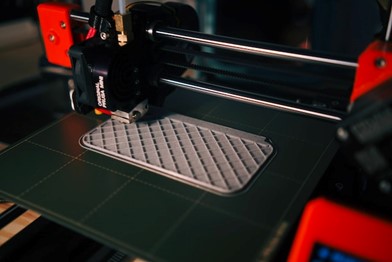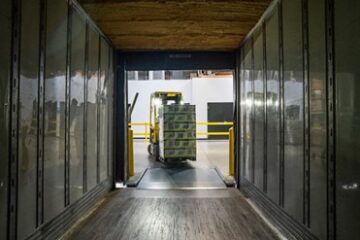
Lucciano Pascucci of Oxford Township has worked in aerospace and nuclear defense for over ten years. Aerospace has always been at the forefront of innovation, and with the development of 3D printing, also known as additive manufacturing, it has been a game changer in the industry. In the following article, Lucciano Pascucci discusses how 3D printing has revolutionized product designs among various industries and how businesses can incorporate 3D printing into practice.
In 2023, tech-minded strategies stand at the forefront of change development for forward-thinking businesses. Companies focused on product development must therefore consider the role of 3D printing in their procedures, but this requires keen understanding of both the benefits and stages of its implementation.
Lucciano Pascucci of Oxford Township says that not only does 3D printing streamline the process of developing prototypes and customizing products to meet consumer tastes, but it also plays a vital role in reducing costs and project risks by allowing for in-house resource production. To best incorporate 3D printing into product development, businesses should spend 75% of their focus on design and planning.
Before diving into more complicated topics such as risk reduction and stages of incorporation, it helps for companies to consider their purpose for embracing additive manufacturing as a product design strategy by considering the general benefits of its adoption.
How 3D Printing Revolutionizes Product Design
Lucciano Pascucci says that whether a company produces products for sale or simply creates prototypes to use in the initial stages of the design strategy, additive manufacturing offers numerous benefits over traditional methods of production. For instance:
- More cost-effective production lines
- Faster product and prototype creation
- Greater control over manufacturing processes
- Easier customization of product plans
- Ability to create more complex layouts
- Freedom to experiment with new projects
In short, Lucciano Pascucci says that every benefit of 3D printing lends itself to other benefits. The ability to program complex designs while making use of localized, cost-effective production makes it far easier to develop prototypes and toy around with a wider variety of custom product designs on a more efficient timeline.
Of course, streamlining these processes does not fully eliminate project risks. Fortunately, Lucciano Pascucci of Oxford Township says that 3D printing can reduce at least some risks on its own when utilized effectively.
3D Printing and Reducing Project Risks
The benefit of additive manufacturing is that it helps project designers circumvent some project risks in at least two key ways.
First, designers no longer need to source essential resources such as tools and simple metal parts from third-party providers. Those that previously developed such reserves through traditional means of in-house production can cut down on time and costs. This alleviates a great deal of the risk involved when it comes to potential part shortages or broken tools.
Second, Lucciano Pascucci says that quality assurance through the use of prototypes becomes much more expedient when 3D printing is involved. When the production team identifies design flaws in a prototype, they no longer need to worry about long delays while developing a new model. Instead, they simply adjust their designs and print new prototypes with relative ease.
Even so, Lucciano Pascucci explains that companies that try to over-exploit these benefits will ultimately lose them in the long run. Printing new prototypes, for instance, will not save time or money when done recklessly and frequently without proper attention to the design phase. To this end, businesses choosing to make use of additive manufacturing will need to properly restructure their development process.
 Incorporating 3D Printing into Business Practices
Incorporating 3D Printing into Business Practices
The best method for incorporating 3D printing into design and development is to structure roughly 75% of the process around design and planning. The design process should follow four essential stages,
- The Idea Stage – Sketch out new ideas and designs for products while also developing rough concepts of supply chain concerns and basic operations involved in their development.
- The Evaluation Stage – Create 3D printing models for prototypes, then use these prototypes to evaluate the effectiveness and user-friendliness of the product’s design.
- The Planning Stage – Settle on manufacturing processes while developing a specific plan for getting the product to market.
- The Manufacturing Stage – With product designs and workflow plans firmly in place, begin manufacturing the first run of products for initial release.
Lucciano Pascucci of Oxford Township says that once the product reaches market, some businesses will want to begin the stages all over again. Starting from the first stage of ideation, they may wish to brainstorm customization options, or simply slight variations of the original design with major or minor improvements to justify raising prices or to address negative feedback on the original product run.
Conclusion
As long as design teams take care to incorporate 3D printing into a four-stage cyclical design and development process, they can take advantage of reduced project risk as well as numerous other benefits provided by additive manufacturing. With every business that reaps these rewards, the design world becomes just a little more revolutionized every day.


